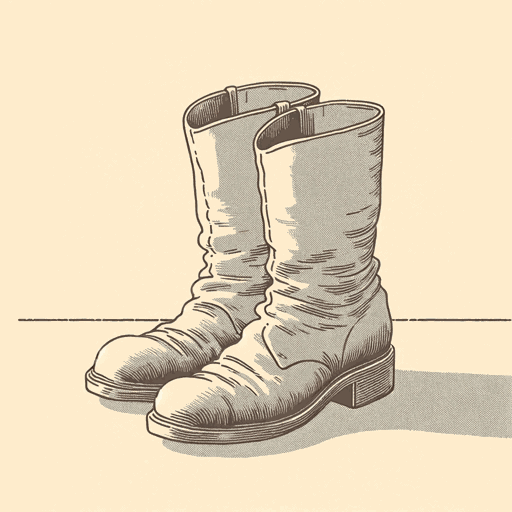50 pages • 1 hour read
Cormac McCarthyOuter Dark
Fiction | Novel | Adult | Published in 1968A modern alternative to SparkNotes and CliffsNotes, SuperSummary offers high-quality Study Guides with detailed chapter summaries and analysis of major themes, characters, and more.
Symbols & Motifs
Shadow
Shadow symbolizes the reality hidden behind appearances. Culla’s shadow reveals his true predicament, which he refuses to acknowledge, and symbolizes the dark, inescapable impulses of his psyche. When Culla humbles himself, motionless before Squire Salter, their shadows betray Culla’s rage over the lecture. Even though Culla does not act on this rage, the trio—the personification of his shadow self—enacts his desire for revenge.
The frequent descriptions of Culla’s shadow reveal a parallel reality, in which Culla’s shadow acts out his true feelings. Though Culla is happy to find work and purpose painting the roof of a barn, when he starts, his shadow tells a different story: His “shadow moiled cant and baneful over the lot below him” (89). While Culla works purposefully, his shadow moils, a word that means both to work hard and to move about in confusion in agitation; a description of Culla’s existential aimlessness. His shadow is also baneful—an archaic word that means harmful and destructive—suggesting the destruction Culla brings everywhere he goes. Throughout the story, Culla remains ignorant to his predicament, blind to the obvious story his shadow betrays. In the final chapter, after Culla leaves the blind man and approaches the mire, “his shadow be-wander[s] in a dark 







Related Titles
By Cormac McCarthy
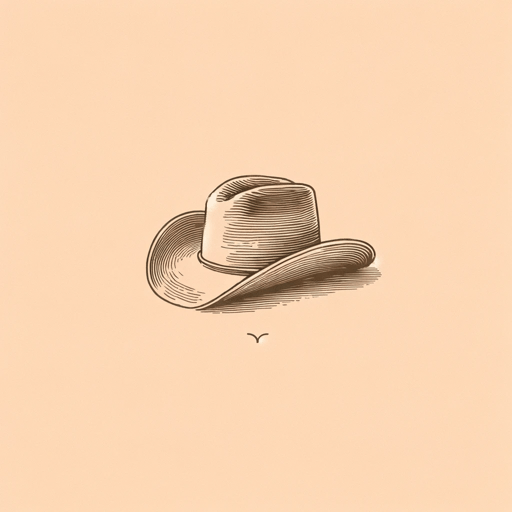
All The Pretty Horses
Cormac McCarthy
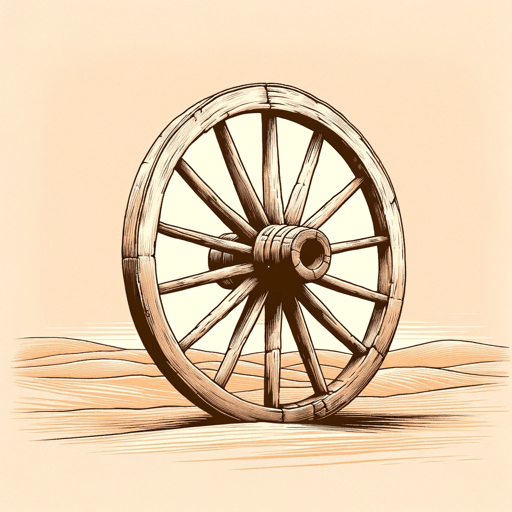
Blood Meridian
Cormac McCarthy

Child of God
Cormac McCarthy

Cities of the Plain
Cormac McCarthy
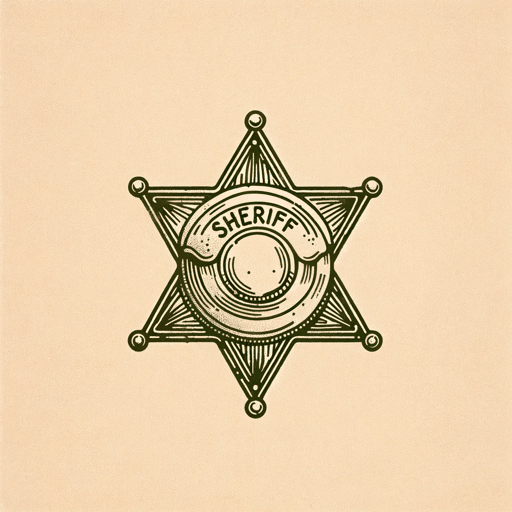
No Country for Old Men
Cormac McCarthy

Stella Maris
Cormac McCarthy
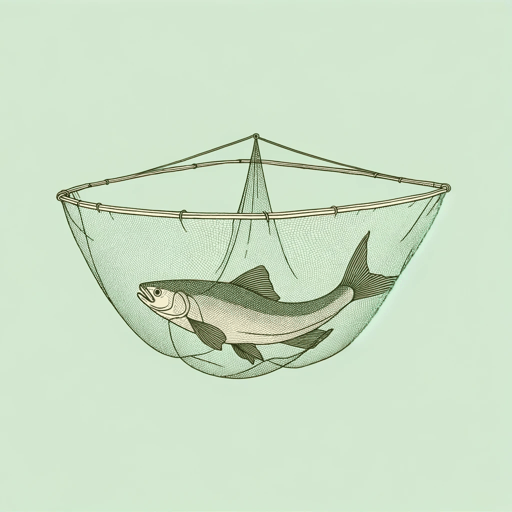
Suttree
Cormac McCarthy
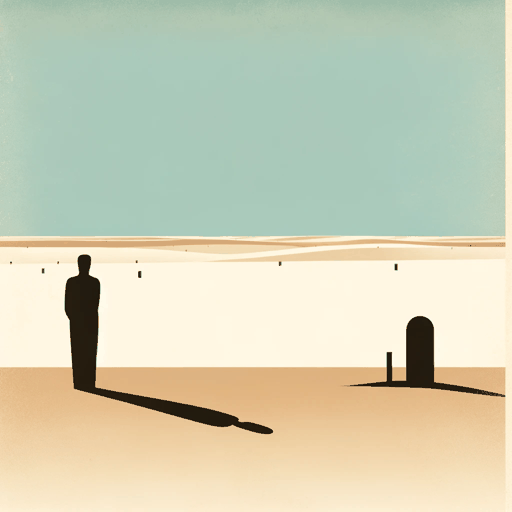
The Crossing
Cormac McCarthy
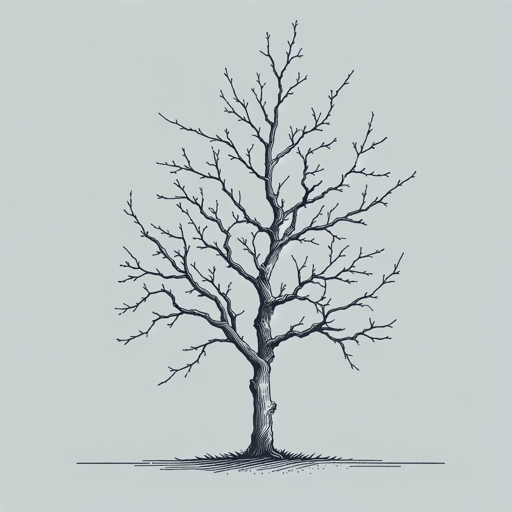
The Orchard Keeper
Cormac McCarthy
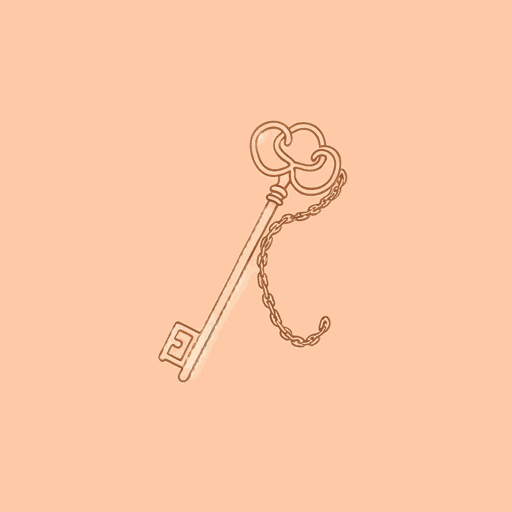
The Passenger
Cormac McCarthy
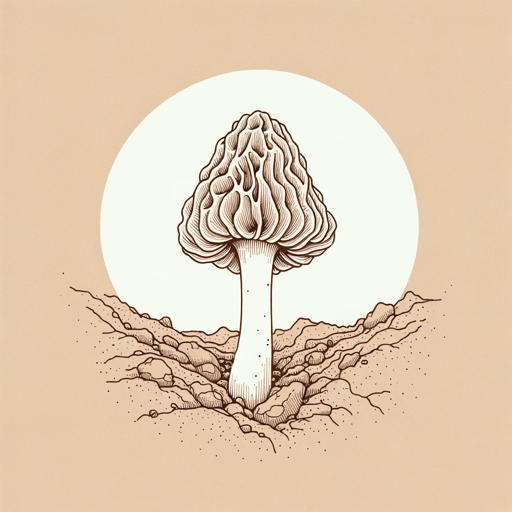
The Road
Cormac McCarthy
